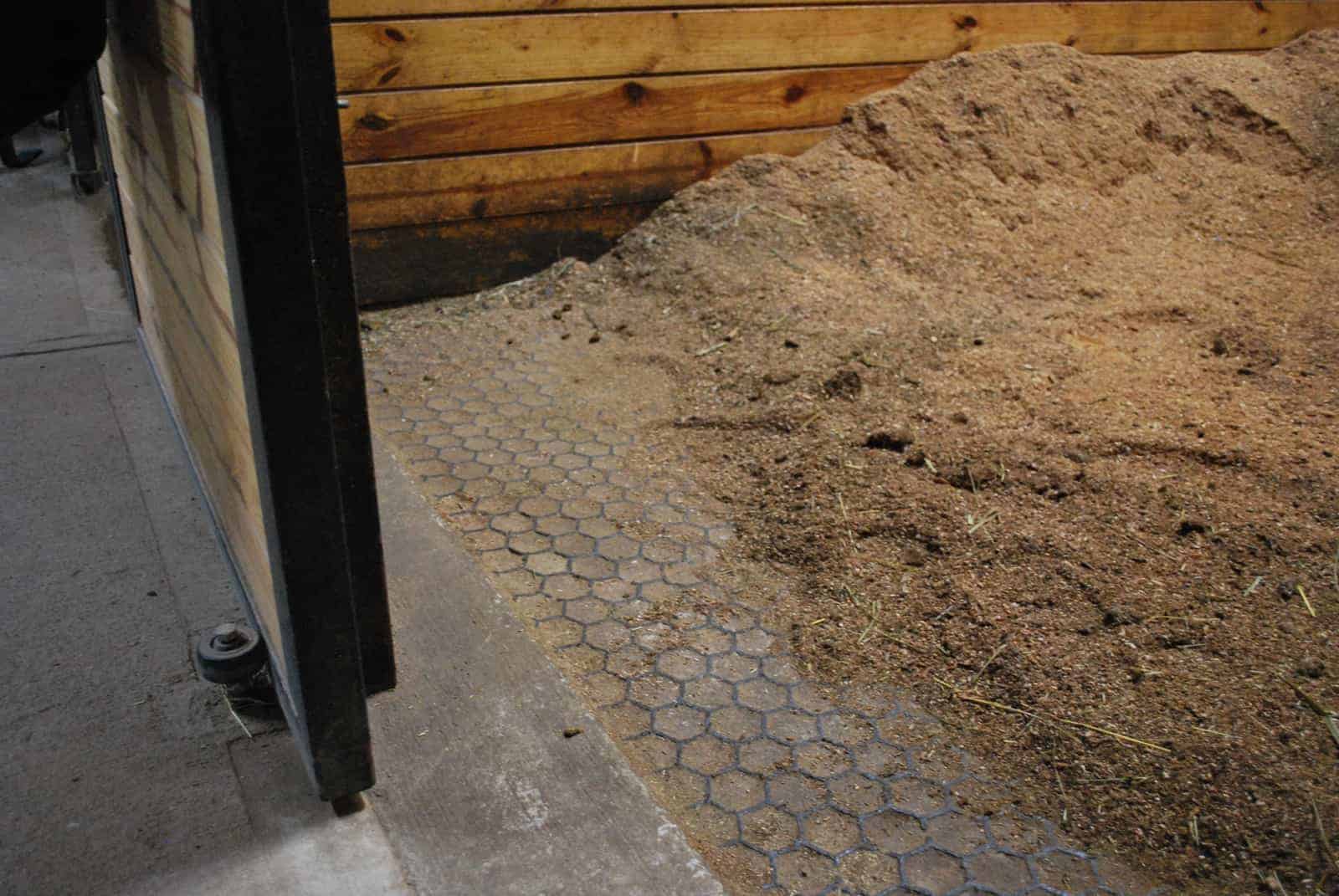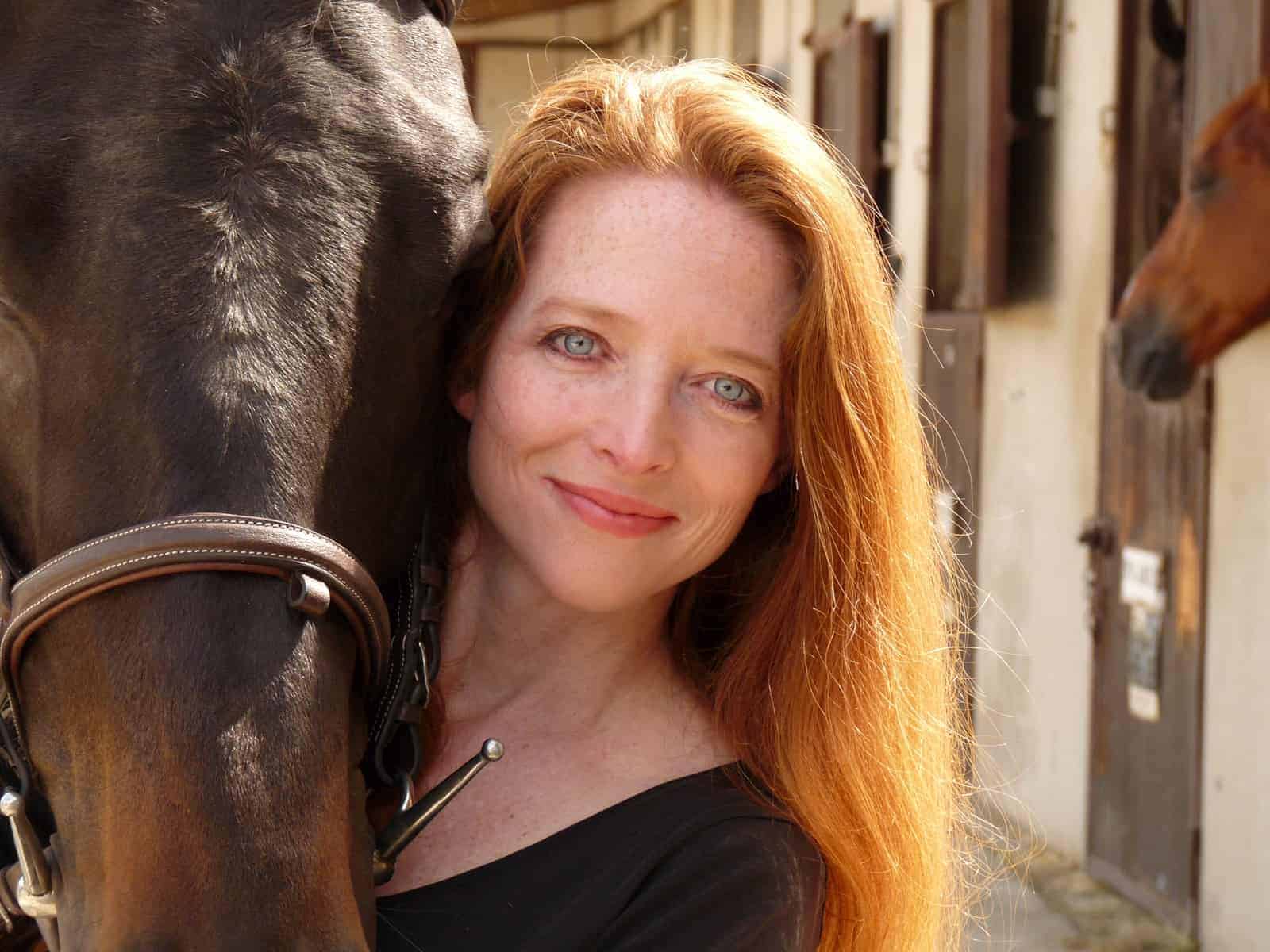Which Horse Bedding Is Best?

“Absorbency, feeding behavior, resting behavior, manure quantity, price, and labor costs all have to be taken into consideration when selecting the right bedding for you and your horse,” said Chiara Augsburger, BSc, Agr FH, Specialization in Equine Sciences, of the HAFL School of Agricultural, Forest, and Food Sciences, in Zollikofen, Switzerland, and of Agroscope, the Swiss National Agricultural Research Center, in Avenches.
Augsburger and her fellow researchers recently identified three bedding types’ effects on these economic, time, and welfare factors. They studied five horses housed on loose straw, straw cubes, and wood shavings for one week after allowing the horses a week to adjust to the bedding. The scientists presented their results at the 2017 Swiss Equine Research Day, held earlier this year in Avenches.
They found that loose straw produces significantly more manure compared to the cubes and shavings, Augsburger said. Stall cleaning was fastest with straw cubes, taking only 12 minutes for all five stalls on average compared to 17 minutes for loose straw and 23 minutes for shavings. However, the person cleaning the stall was used to cleaning out straw-bedded stalls and might have been faster with straw due to acquired experience, Augsburger added
Create a free account with TheHorse.com to view this content.
TheHorse.com is home to thousands of free articles about horse health care. In order to access some of our exclusive free content, you must be signed into TheHorse.com.
Start your free account today!
Already have an account?
and continue reading.

Written by:
Christa Lesté-Lasserre, MA
Related Articles
Stay on top of the most recent Horse Health news with















